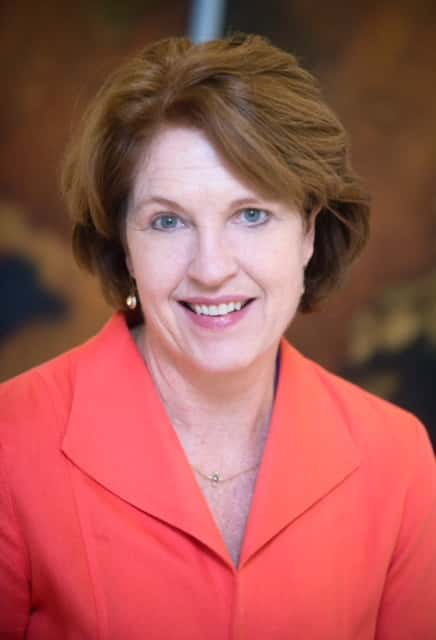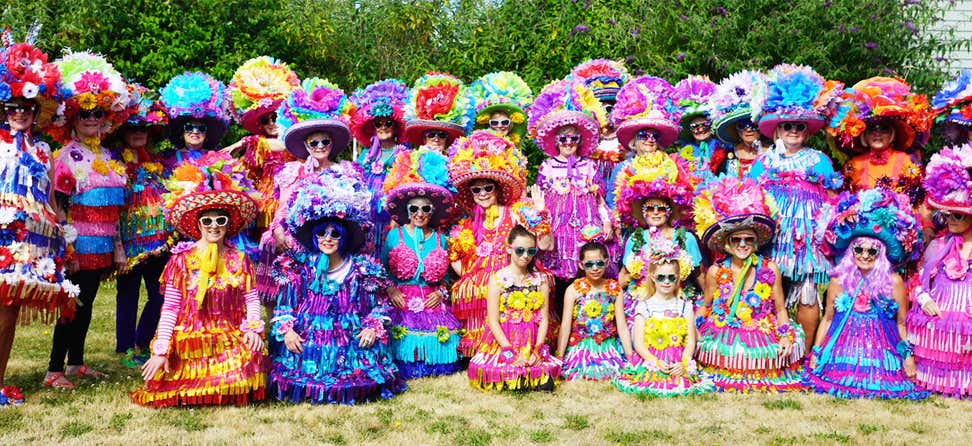Key Takeaways
In part 2 of this blog series, Maureen McDonald talks about how NCOA set out to deploy the Aging Mastery Program® (AMP) classes in setting they hadn't tried before.
Most tasks took longer than expected, and though coordinators who signed on as partners tried to be as realistic as possible about predicting attendance numbers, most estimates turned out to be high.
Sites that launched, despite some small class sizes, are excited about what the program has to offer and the difference it makes for their constituents.
Looking back on the past 18 months when we were seeking funding for and launching the Aging Mastery Program® (AMP) classes in a variety of urban and rural settings throughout Colorado, I am energized by the work to come. Working in conjunction with the Aging Mastery® team at NCOA, we wanted to scale the program in settings we had not tried before: a clinic serving patients with HIV, a rural Foster Grandparents program, an urban food pantry, and a multi-hospital nonprofit healthcare system (SCL Health). It took time to launch in these settings; the hospital system was both exciting and complex with numerous stakeholders. Most tasks took longer than expected, and though coordinators who signed on as partners tried to be as realistic as possible about predicting attendance numbers, most estimates turned out to be high.
Much of what is labor-intensive for the site coordinators is vastly easier the second and third times the 10-class program is offered. Promoting the classes and attracting participants, deciding upon pricing and incentives, recruiting and vetting the subject-matter experts who serve as volunteer faculty, getting used to the online system for ordering materials and submitting attendance and evaluation data, and even setting up the space for an active dialogue is all much easier when you’ve done it before.
We found that many of the coordinators’ questions were technical in nature, about troubleshooting the online resource and the information-sharing site. Coordinators did appreciate time to be together in person and on calls to share information and offer suggestions. Specific sites added specific content to their program such as safe-sex practices and mountain driving safety.
The beauty of the Aging Mastery® curriculum is that it easily lends itself to this customization as long as the main learning objectives for each topic are met. As predicted, sites that launched, despite some small class sizes, are excited about what the program has to offer and the difference it makes for their constituents.
The program’s combination of topics that promote small, sustainable behavior changes has proven to be of real value to the thousands of program alumni in hundreds of sites across the U.S. And, learning in a community setting both prevents social isolation and connects participants more meaningfully to the sponsoring organization. If you are conducting a launch, hang in there through the first offering, and know that things will go more smoothly for the next cohort. The joy comes in the dialogue with older adults during classes, and the difference you see it making in their lives.
(Read the first part of this blog series here.)










